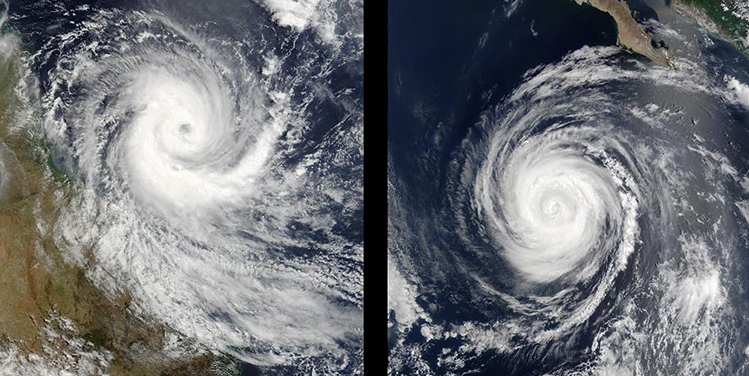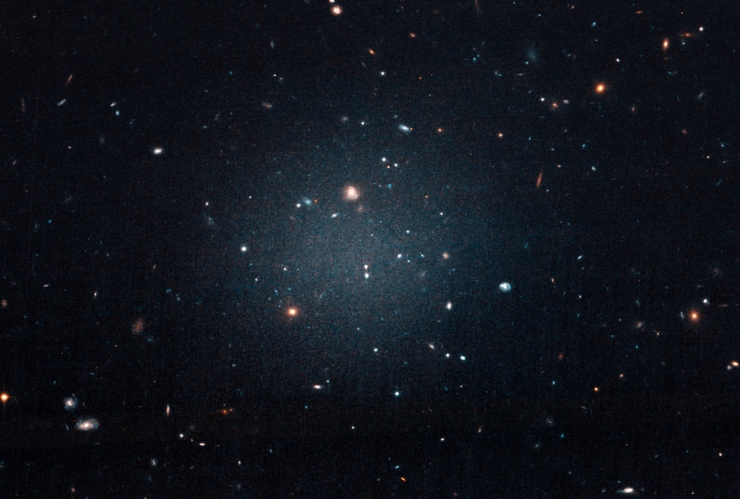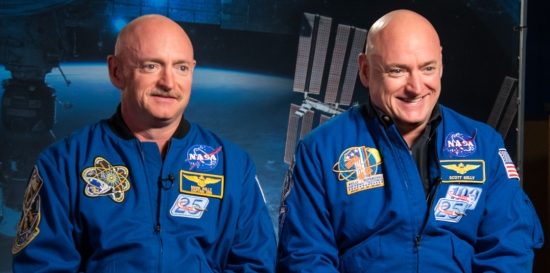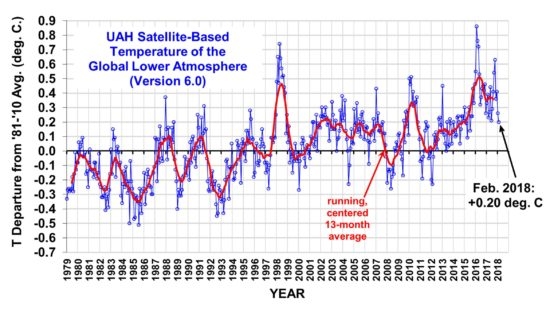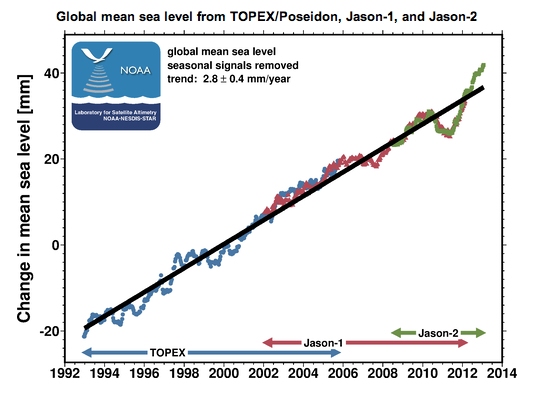
Dr. Michael Behe is an icon in the intelligent-design movement. His book, Darwin’s Black Box, was an important early contribution to the intelligent-design movement, but more importantly, his most famous peer-reviewed paper put forth the idea that the majority of adaptive changes occur as a result of loss or modification of a pre-existing molecular function. This view, of course, puts a serious limit on the amount of evolutionary change that can occur as a result of random mutations guided by natural selection. The world’s longest-running evolution experiment seems to confirm this view (see here, here, and here).
Now please understand that Dr. Behe is no creationist. He believes in common descent, but his work indicates that it cannot be accomplished by random mutations guided by natural selection. In his book The Edge of Evolution, he explores how much such a process can change an organism and shows that it has severe limitations. In the end, he thinks that when the Designer created the first cell, He/She/It “front-loaded” all of the information into the cell’s genome, allowing evolution to proceed in a designed manner. I don’t think that’s a reasonable hypothesis, but I admire Dr. Behe for following the data and proposing something that most scientists find heretical. I also admire his ability to take the scorn that has been heaped on him and continue to persevere. Even though I think his particular hypothesis is wrong, he is doing science a service by challenging a hypothesis that is most certainly wrong.
As a result, I was happy to see that Dr. Behe (along with famous fossil-hunter Chris Moore) has been honored by having a species of dragonfly named after him. The fossil was in Chris Moore’s collection, but Mr. Moore didn’t know that it comes from a previously-unrecognized species. However, Dr. Gunter Bechly, world-renowned paleotologist and former curator at the Stuttgart Museum of Natural History, saw a picture of the fossil and thought it looked unique. As a result, he asked Mr. Moore to send him the fossil so that he could study it closely, and he confirmed that it did, indeed, represent a new genus and species. In his peer-reviewed paper, he officially names it Chrismooreia michaelbehei.
Why did Dr. Bechly choose this name? His analysis indicates that there is no genus for this extinct form of dragonfly, so he named the genus (the first part of the scientific name) after Mr. Moore, since he was kind enough to lend his fossil to Dr. Bechly for study. The species (the second part of the scientific name) is named in honor of Dr. Behe, because as I have written in a previous article, Dr. Bechly was originally an apologist for Darwinism. However, the works of intelligent design authors allowed him to see that the data do not support the evolutionary hypothesis, and like any good scientist, he decided to follow the data and stop promoting Darwinist propaganda. Since Dr. Behe’s book The Edge of Evolution was a major influence in this process, Dr. Bechly thought it was an appropriate honor.
Well done Dr. Behe. The honor is way overdue!


